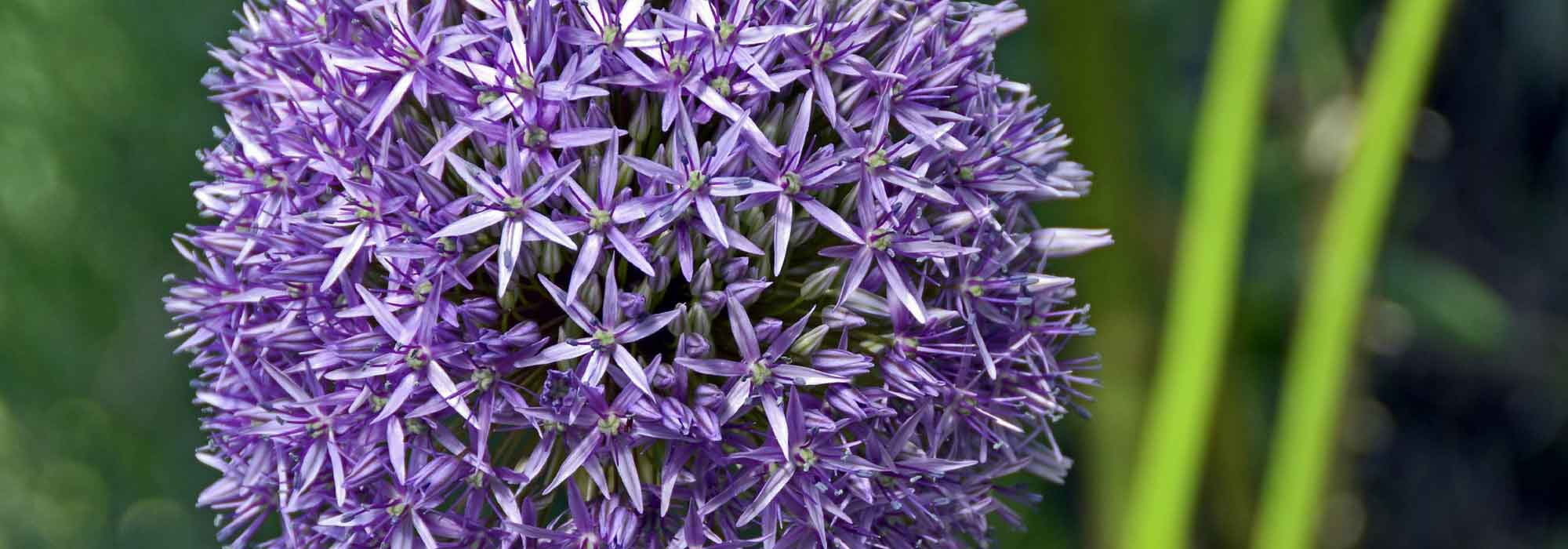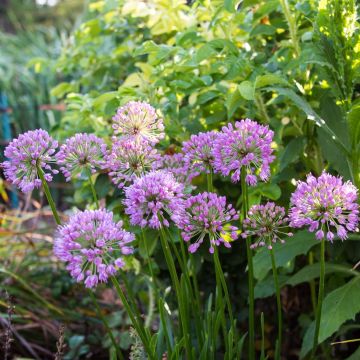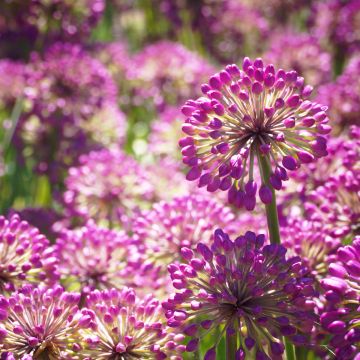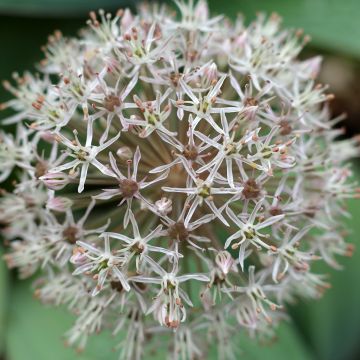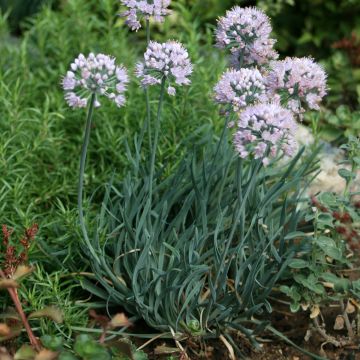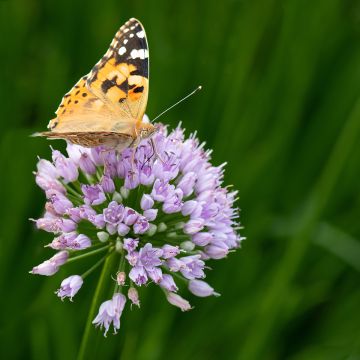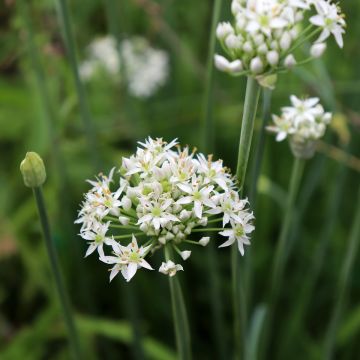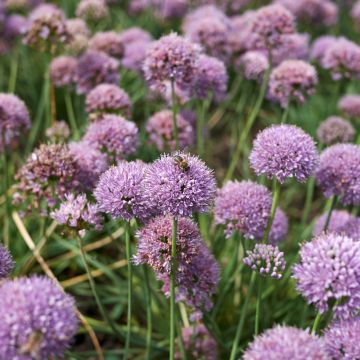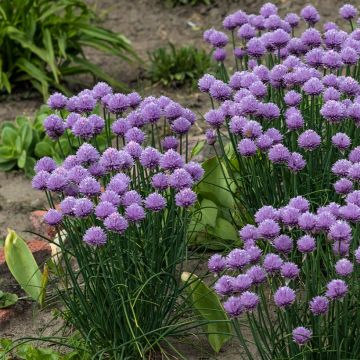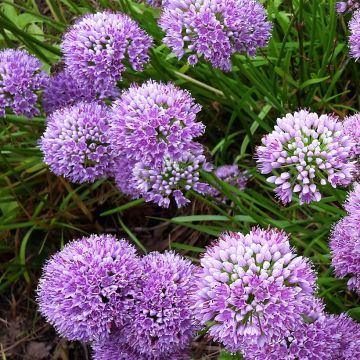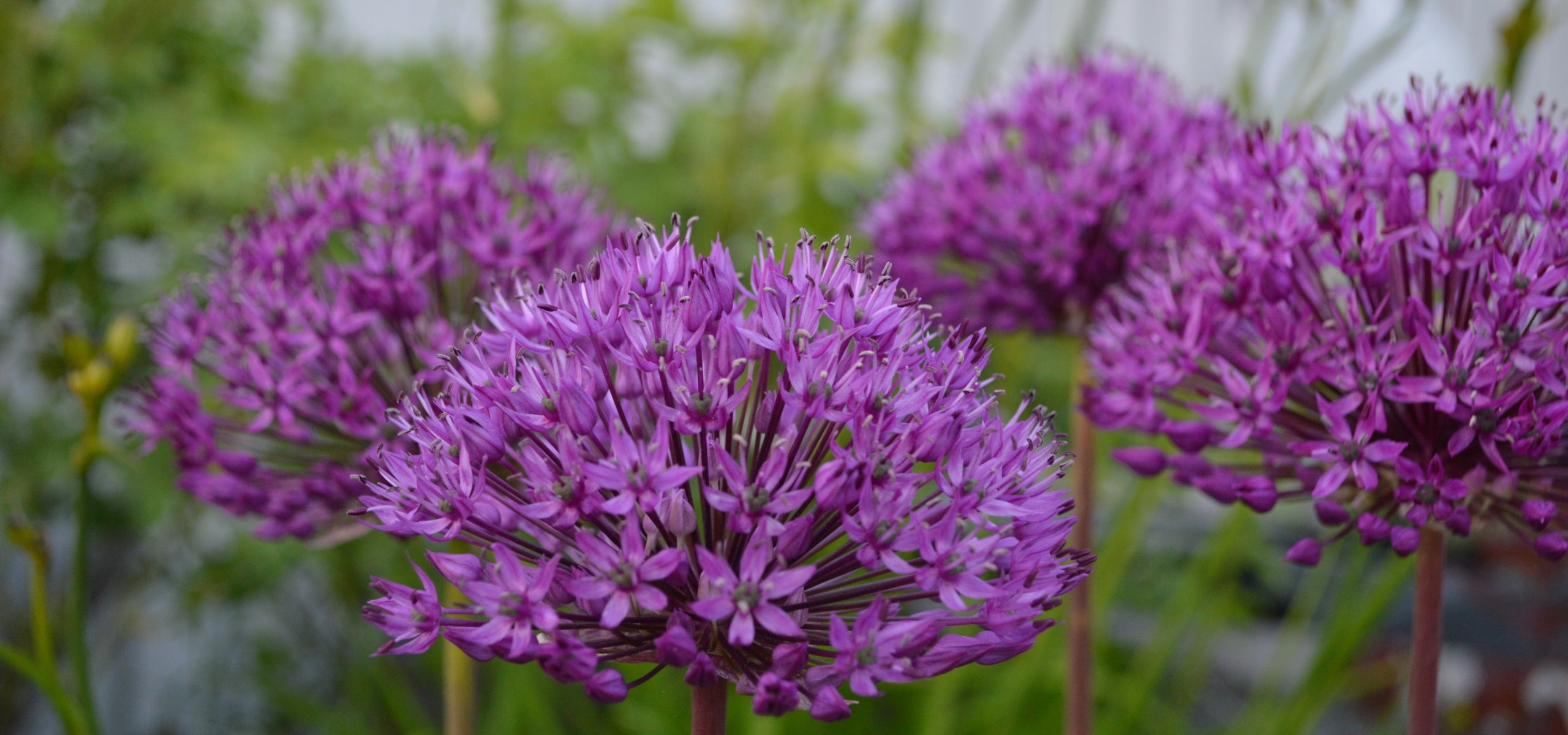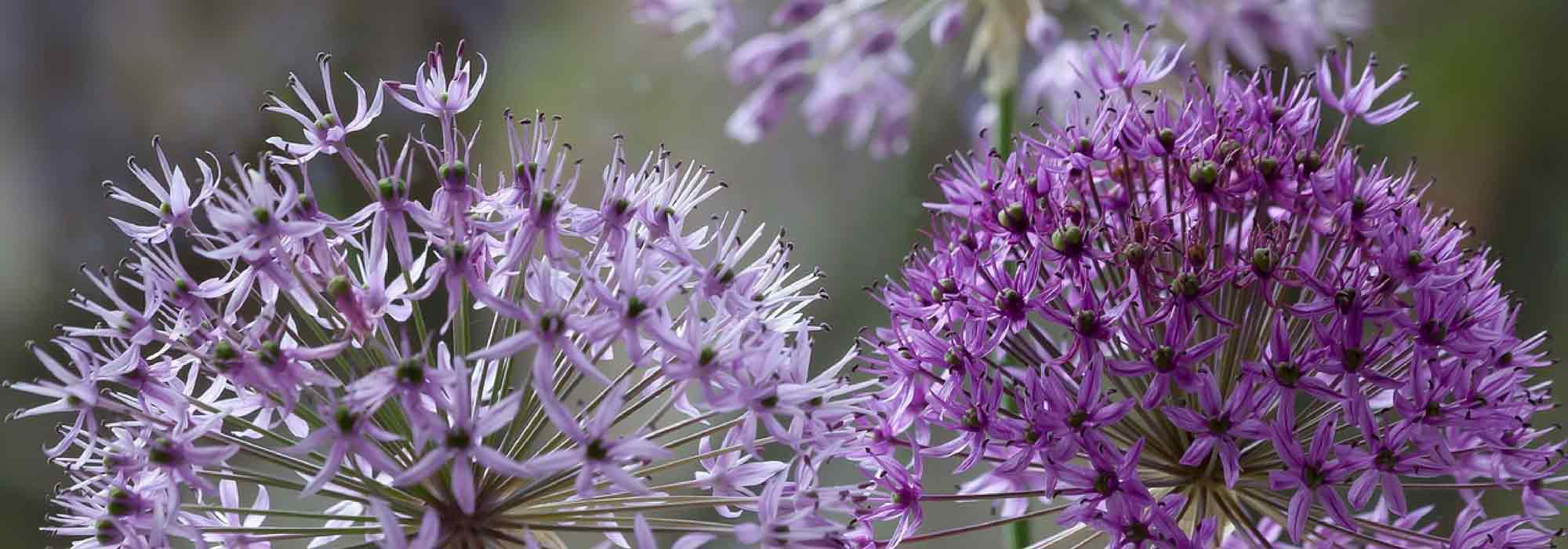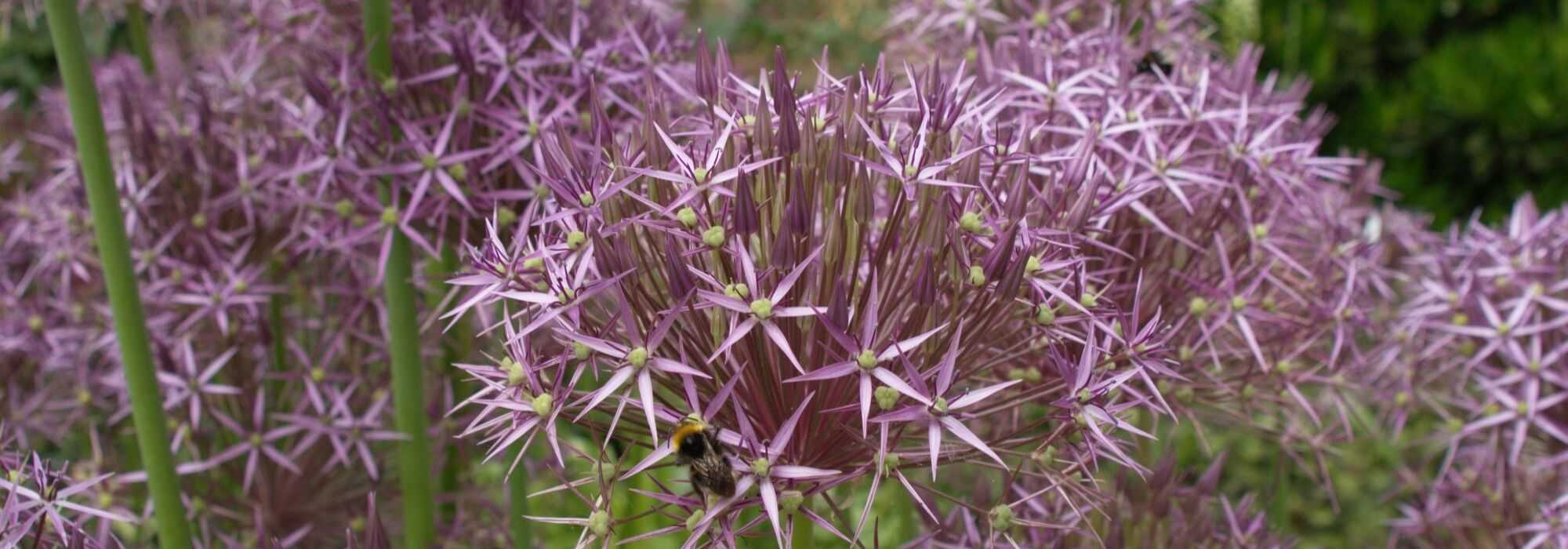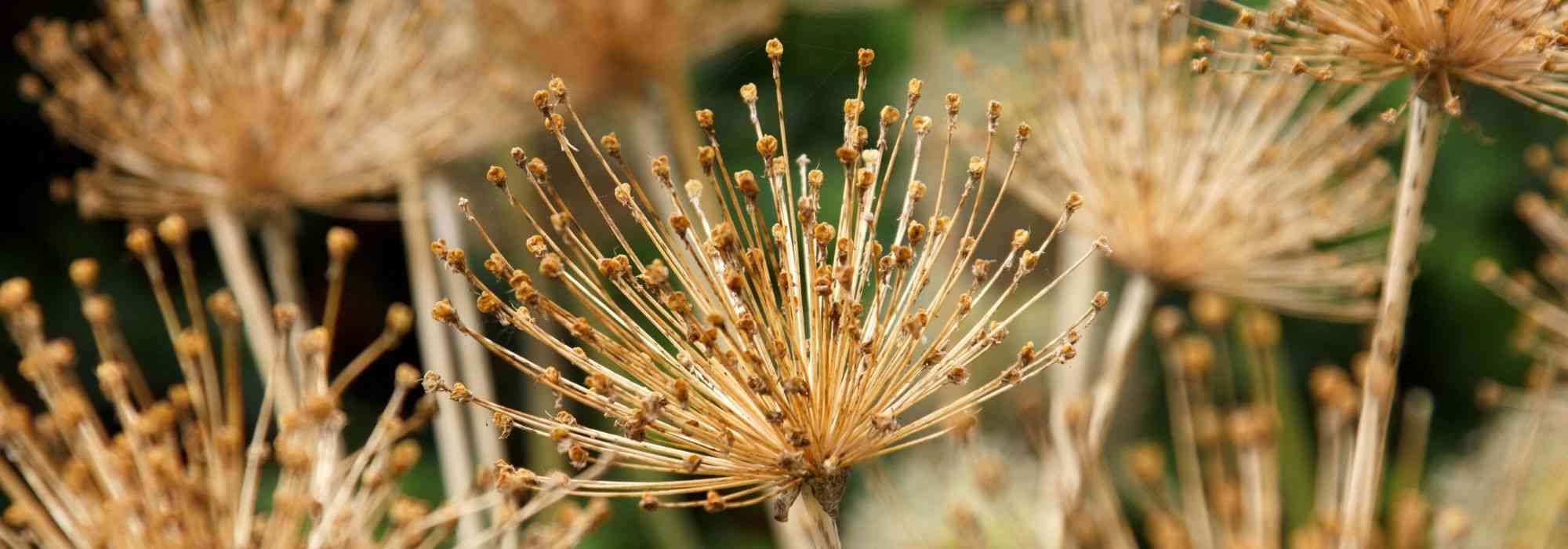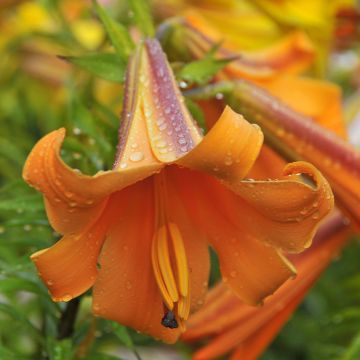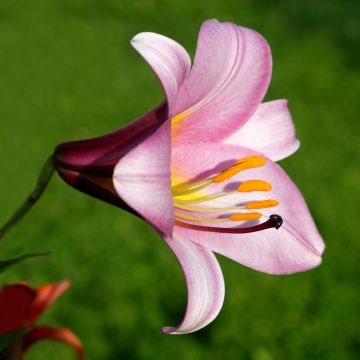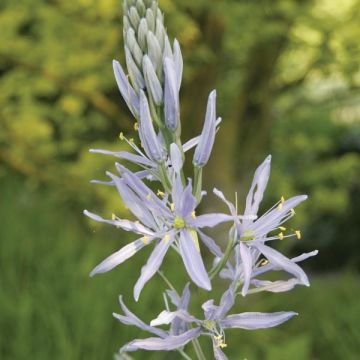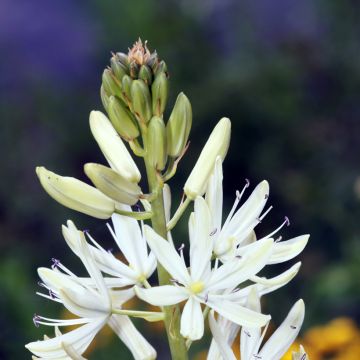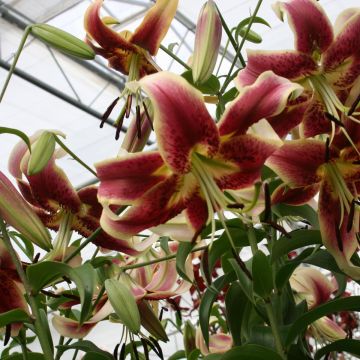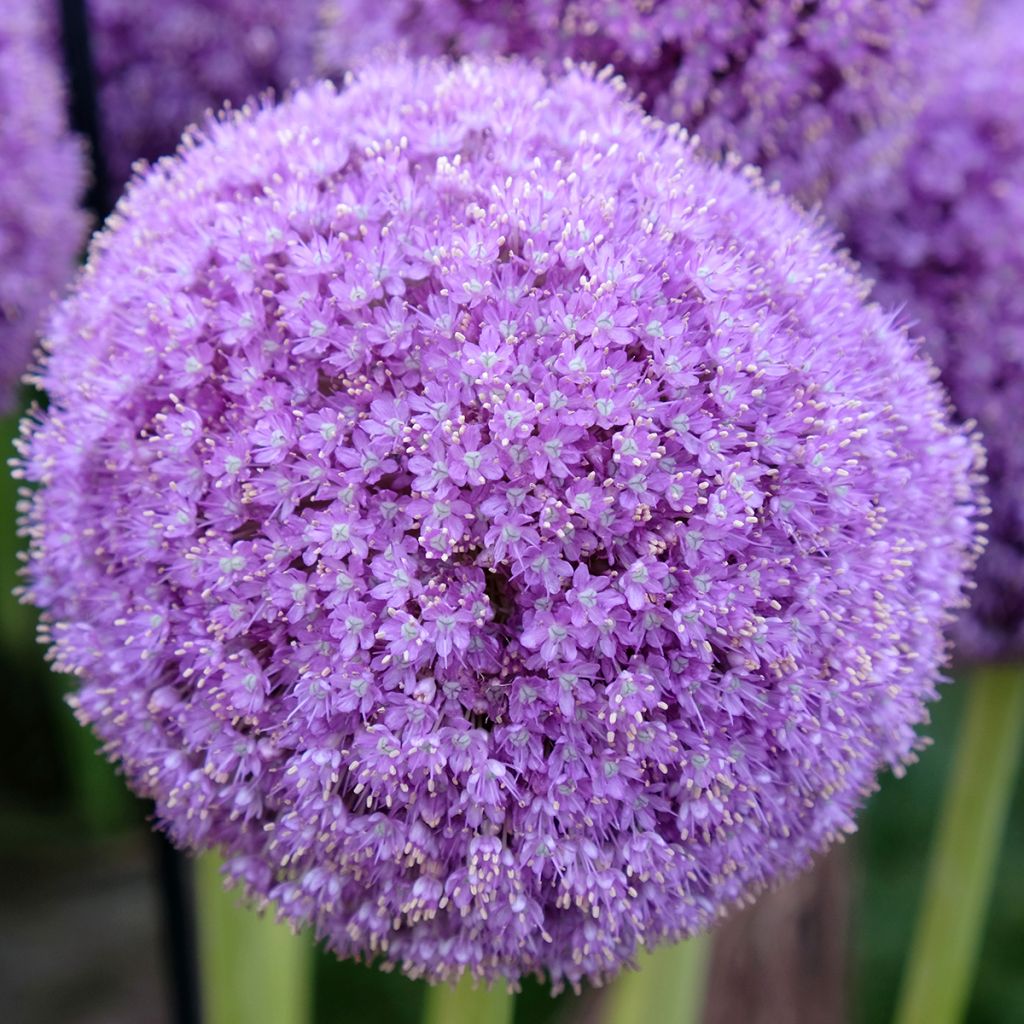

Allium giganteum
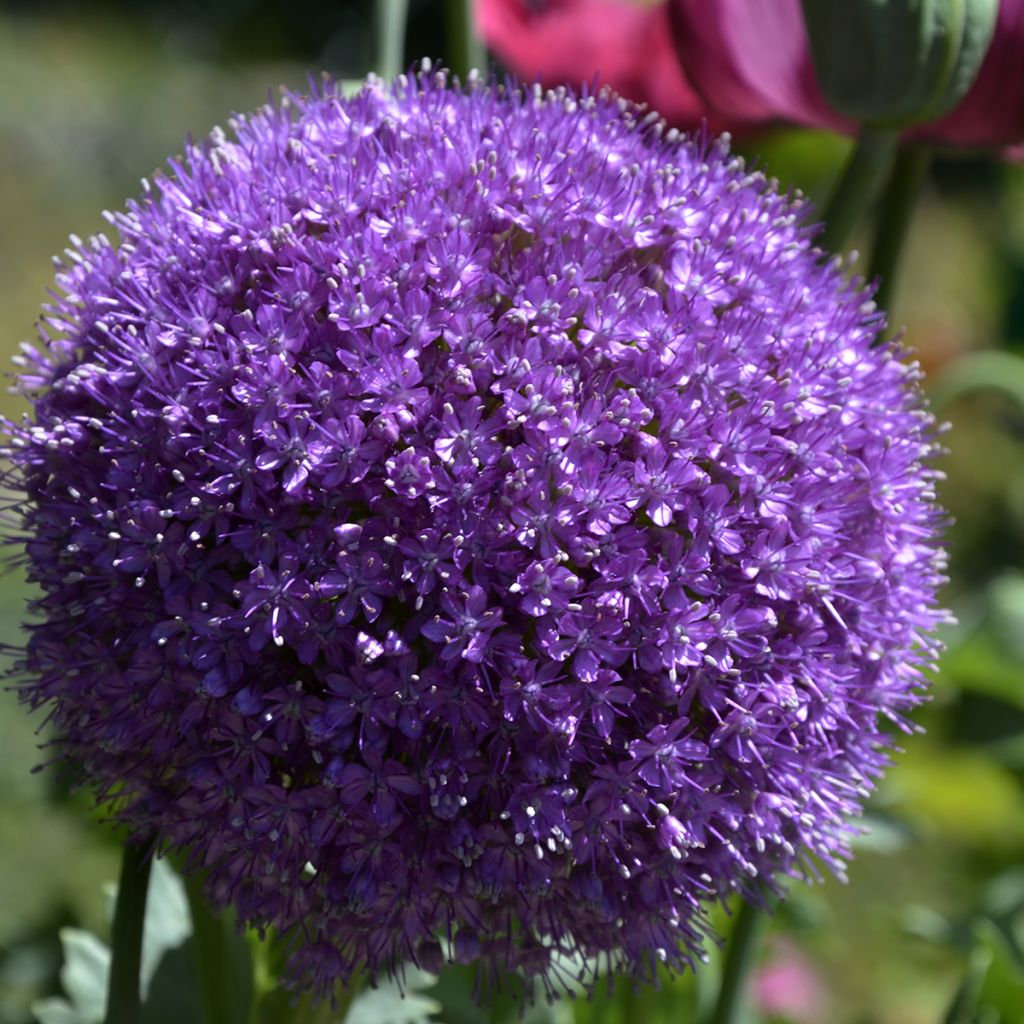

Allium giganteum
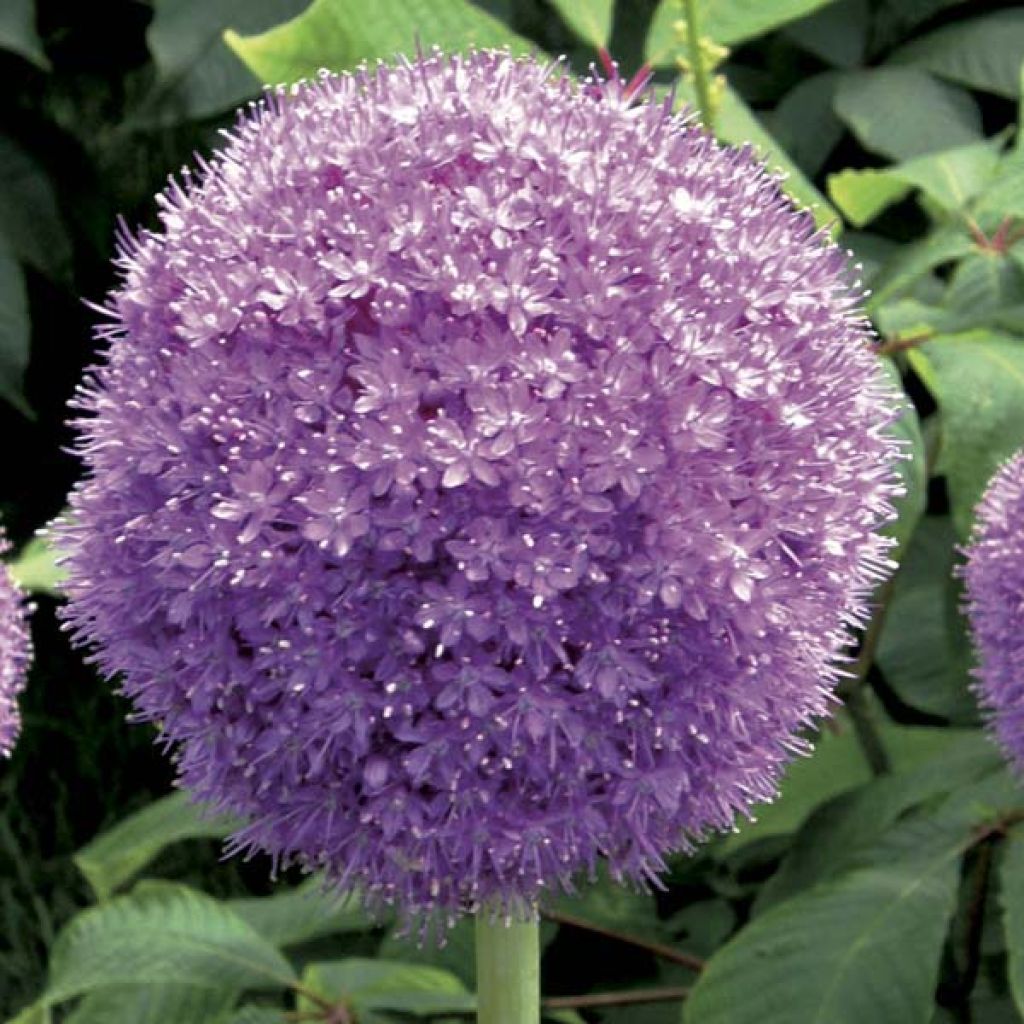

Allium giganteum
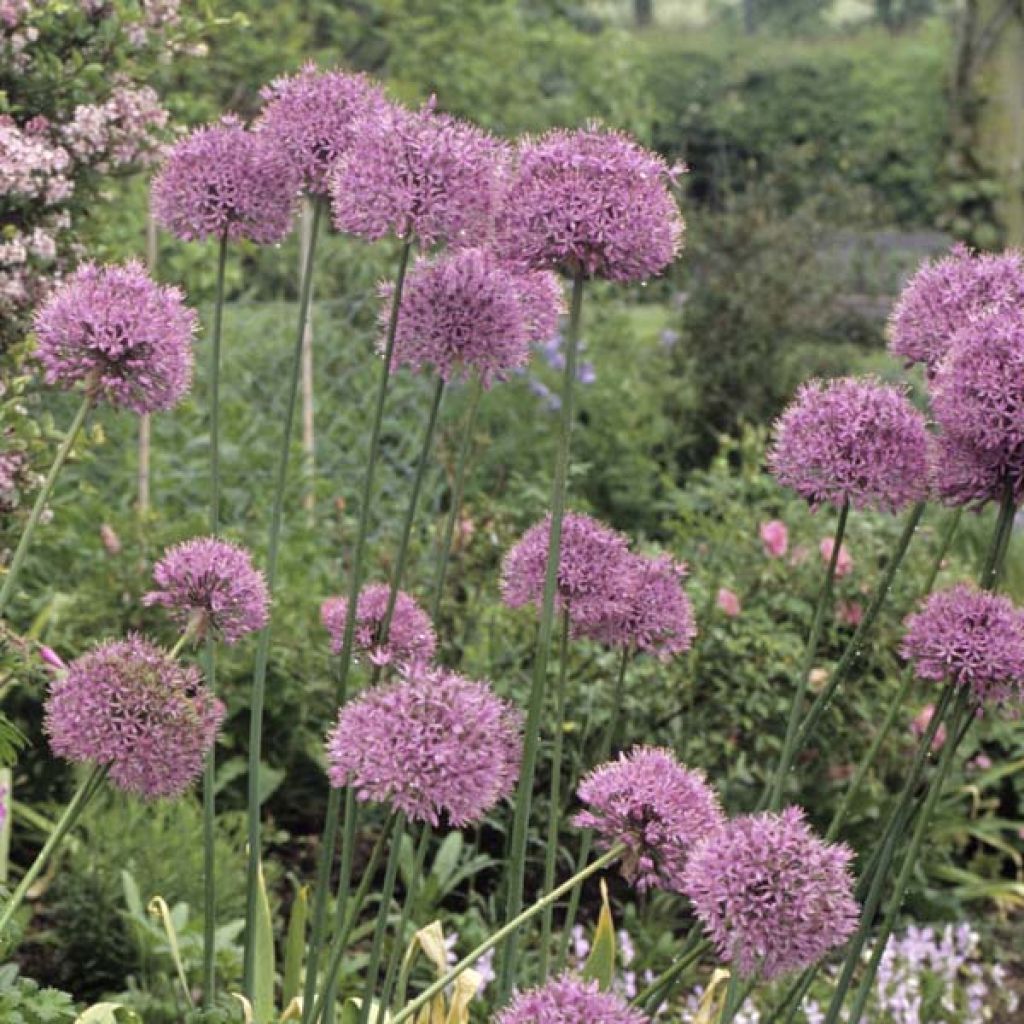

Allium giganteum
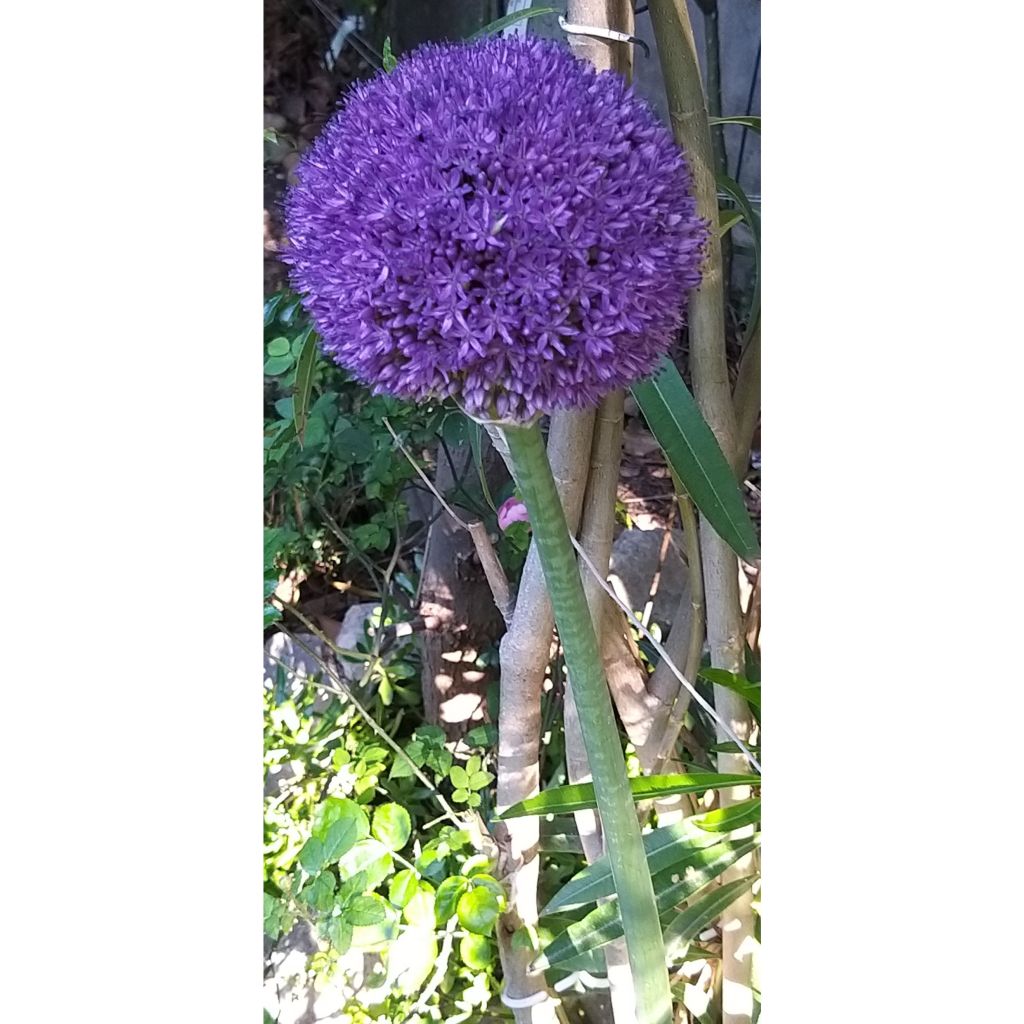

Allium giganteum
View more pictures
Hide images
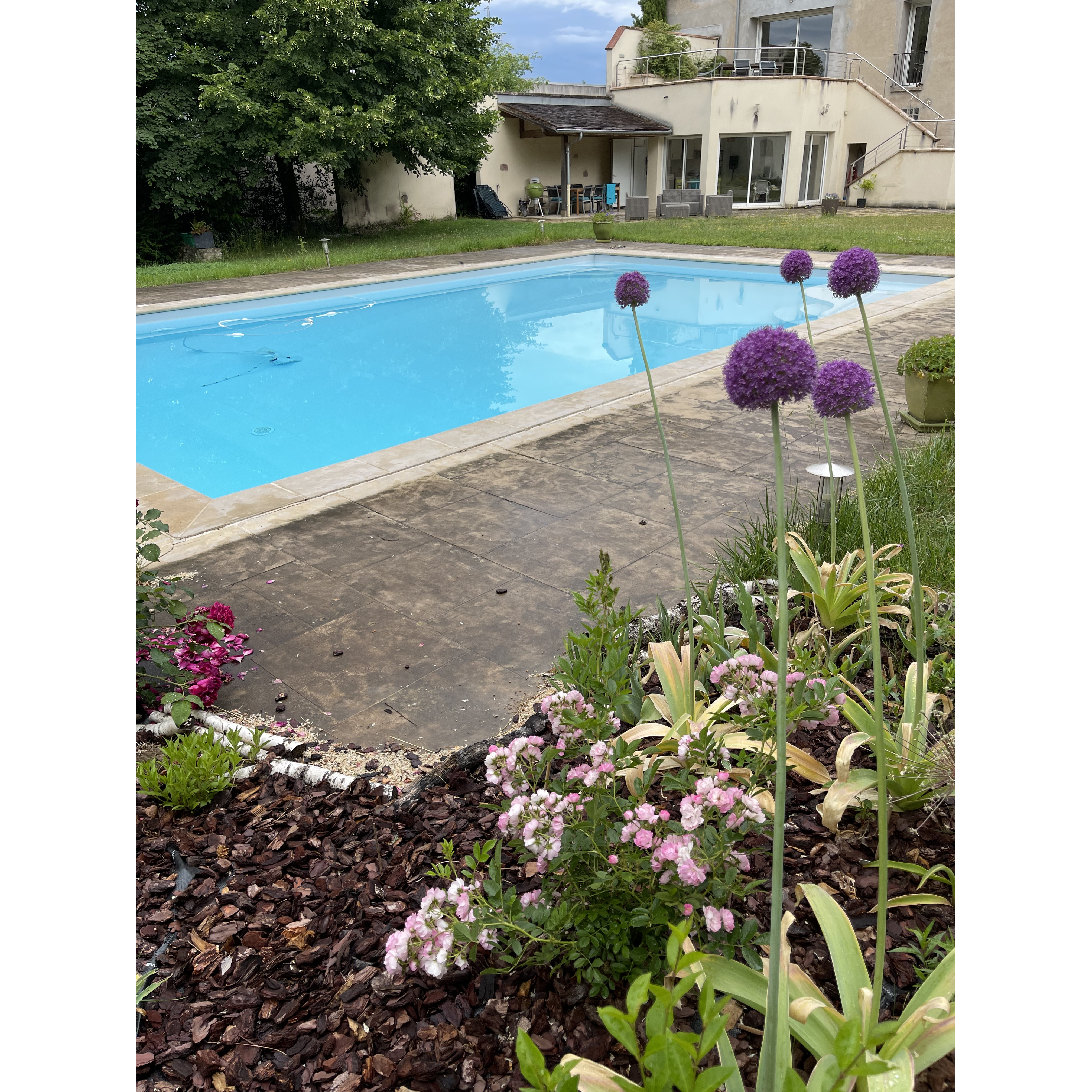
Muriel L.

Allium
Muriel L. • 20 FR

Muriel L.

First year
Muriel L. • 20 FR
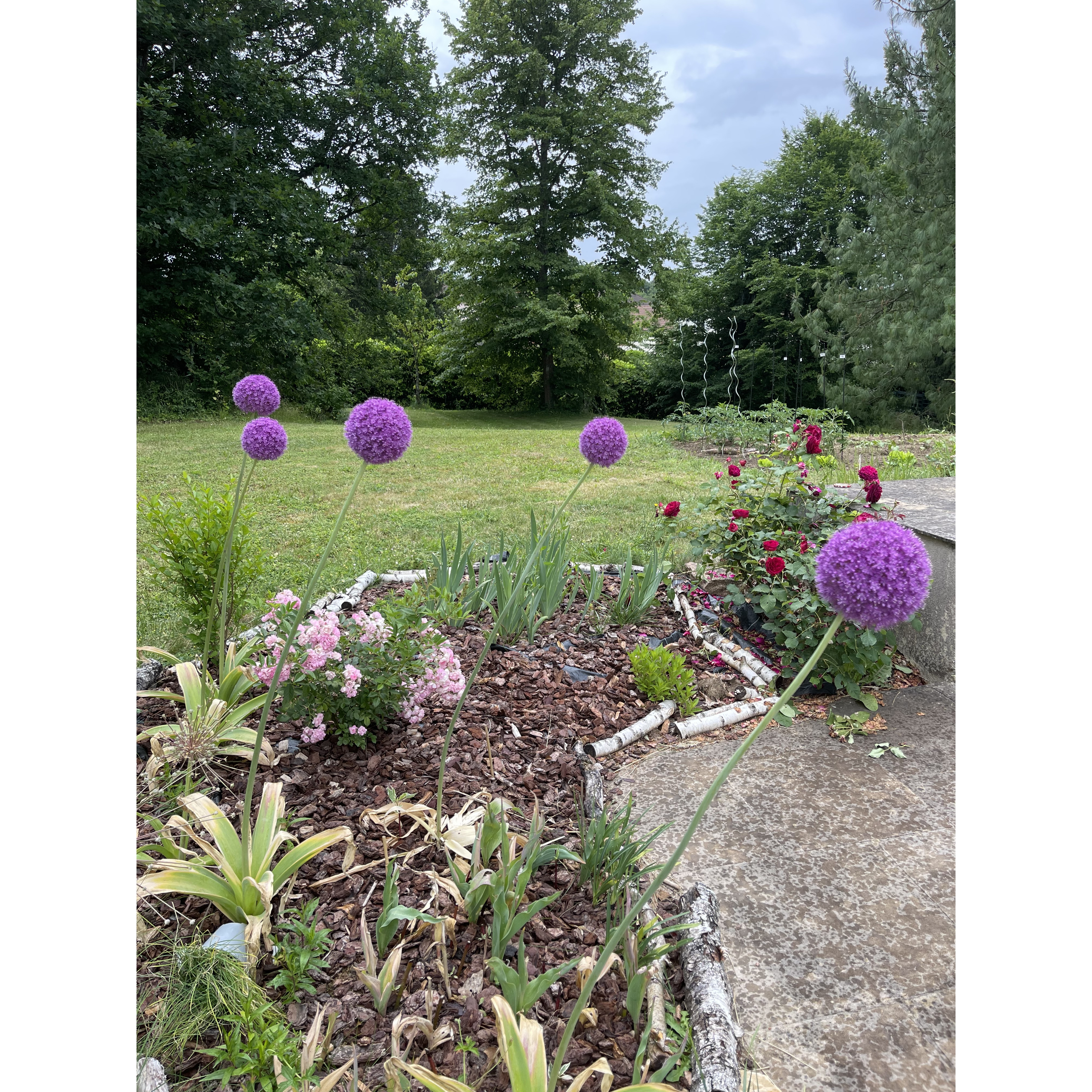
Muriel L.

With a "sweet pea" rose bush and a fuchsia rose bush given as a gift without a name.
Muriel L. • 20 FR
Allium giganteum
Allium giganteum
Giant onion, Giant allium, Ornamental Onion
Beautiful
Eric B., 07/05/2023
Special offer!
Receive a €20 voucher for any order over €90 (excluding delivery costs, credit notes, and plastic-free options)!
1- Add your favorite plants to your cart.
2- Once you have reached €90, confirm your order (you can even choose the delivery date!).
3- As soon as your order is shipped, you will receive an email containing your voucher code, valid for 3 months (90 days).
Your voucher is unique and can only be used once, for any order with a minimum value of €20, excluding delivery costs.
Can be combined with other current offers, non-divisible and non-refundable.
Home or relay delivery (depending on size and destination)
Schedule delivery date,
and select date in basket
This plant carries a 6 months recovery warranty
More information
We guarantee the quality of our plants for a full growing cycle, and will replace at our expense any plant that fails to recover under normal climatic and planting conditions.

Would this plant suit my garden?
Set up your Plantfit profile →
Description
Allium giganteum is a giant in the family of ornamental garlics, and it is one of the last to bloom in late spring. This bulbous plant produces spectacular inflorescences in massive and dense balls of light purple to mauve-lilac colour. They catch the eye under the June sun, dominating perennial borders and punctuating rock gardens with their astonishing spheres. The aromatic grey-green foliage dries after flowering, when the plant enters its rest period. Its flowers are stunning in fresh or dried bouquets. Plant it in full sun, in any rather moist but well-drained soil.
Allium giganteum, the giant garlic, is a bulbous and perennial plant of the Amaryllidaceae family. This botanical species, the largest in the Allium genus, is native to Iran, Afghanistan, Turkey, Turkmenistan, Tajikistan, and Uzbekistan, up to the former Soviet Union. In nature, it thrives in sunny locations and in well-drained, light, sandy or loamy, slightly acidic to calcareous soils. It is theoretically very hardy in zone 8 (-12°C (10.4°F) at its lowest), or even more, but it does not tolerate both wet and frozen soils. Its bulb in the rest period also does not appreciate excess water in heavy and clayey soil.
The giant garlic develops a basal rosette in spring, composed of grey-green, linear leaves, 35cm (14in) long and 5 to 10cm (2 to 4in) wide, which disappear in summer. From May to July (depending on the regions), solid stems emerge from the leaves, carrying the inflorescences 1.5m (5ft) above the ground. These are perfectly spherical umbels of about 15cm (6in) in diameter, composed of a multitude of small star-shaped flowers with prominent stamens. Their colour varies from pale-lilac to bright purple when fully open and they are extremely popular with bees. The foliage dries and disappears shortly after, allowing the bulb to replenish its reserves to prepare for flowering the following spring. All parts of the plant release a characteristic garlic scent when crushed. Its bulb measures between 4 and 6cm (2in) in diameter.
Allium giganteum is the last to flower in the range of ornamental garlic. It is easy to grow as long as the soil is permeable enough to quickly drain any excess water. It can be used in borders or along paths, and it can also be grown in pots to enjoy its beautiful flowering on a balcony or patio. Enhance your floral bouquets with its leaves or flowers, or dry them for a unique touch. Plant A. giganteum in groups of 3 or 5 that you can tuck in between perennials or combine with clipped boxwood balls for a spectacular sculptural effect. Its stunning inflorescences will stand out against a backdrop of shrubs with grey foliage, such as artemisia.
Companion plants: Allium giganteum fears root competition, but gets along well with most plants, especially roses, carrots, beets, and chamomile. However, it inhibits the growth of legumes such as alfalfa, lupins, or other perennial or annual peas. Some say that the entire plant repels insects, as well as moles.
Allium giganteum in pictures


Plant habit
Flowering
Foliage
Botanical data
Allium
giganteum
Alliaceae - Liliaceae
Giant onion, Giant allium, Ornamental Onion
Central Asia
Other Allium
View all →Planting and care
Allium giganteum is easy to grow as long as the soil it is planted in is sufficiently permeable to drain any excess water. Ideally, plant it before the end of October so that it has enough time to establish. It fears winter humidity, and its dormant bulb in summer can rot in waterlogged soil. Give it a sunny spot in well-drained, sandy and loamy, or even rocky soil, which will remain moist from the start of vegetation in spring until the end of flowering. Plant it at a depth of 10 or 15cm (4 or 6in), spaced 15cm (6in) apart. It is undemanding, but it prefers poor soil.
For cultivation in a pot, water regularly as potting soil dries out quickly in a container. Feed your ornamental garlic in spring. Let the foliage dry naturally without removing it before it has completely turned yellow.
Some gardeners advise against pruning the faded inflorescences too quickly, as they also play a role in replenishing the bulb with nutrients.
Planting period
Intended location
Care
Planting & care advice
-
, onOrder confirmed
Reply from on Promesse de fleurs
Similar products
Haven't found what you were looking for?
Hardiness is the lowest winter temperature a plant can endure without suffering serious damage or even dying. However, hardiness is affected by location (a sheltered area, such as a patio), protection (winter cover) and soil type (hardiness is improved by well-drained soil).

Photo Sharing Terms & Conditions
In order to encourage gardeners to interact and share their experiences, Promesse de fleurs offers various media enabling content to be uploaded onto its Site - in particular via the ‘Photo sharing’ module.
The User agrees to refrain from:
- Posting any content that is illegal, prejudicial, insulting, racist, inciteful to hatred, revisionist, contrary to public decency, that infringes on privacy or on the privacy rights of third parties, in particular the publicity rights of persons and goods, intellectual property rights, or the right to privacy.
- Submitting content on behalf of a third party;
- Impersonate the identity of a third party and/or publish any personal information about a third party;
In general, the User undertakes to refrain from any unethical behaviour.
All Content (in particular text, comments, files, images, photos, videos, creative works, etc.), which may be subject to property or intellectual property rights, image or other private rights, shall remain the property of the User, subject to the limited rights granted by the terms of the licence granted by Promesse de fleurs as stated below. Users are at liberty to publish or not to publish such Content on the Site, notably via the ‘Photo Sharing’ facility, and accept that this Content shall be made public and freely accessible, notably on the Internet.
Users further acknowledge, undertake to have ,and guarantee that they hold all necessary rights and permissions to publish such material on the Site, in particular with regard to the legislation in force pertaining to any privacy, property, intellectual property, image, or contractual rights, or rights of any other nature. By publishing such Content on the Site, Users acknowledge accepting full liability as publishers of the Content within the meaning of the law, and grant Promesse de fleurs, free of charge, an inclusive, worldwide licence for the said Content for the entire duration of its publication, including all reproduction, representation, up/downloading, displaying, performing, transmission, and storage rights.
Users also grant permission for their name to be linked to the Content and accept that this link may not always be made available.
By engaging in posting material, Users consent to their Content becoming automatically accessible on the Internet, in particular on other sites and/or blogs and/or web pages of the Promesse de fleurs site, including in particular social pages and the Promesse de fleurs catalogue.
Users may secure the removal of entrusted content free of charge by issuing a simple request via our contact form.
The flowering period indicated on our website applies to countries and regions located in USDA zone 8 (France, the United Kingdom, Ireland, the Netherlands, etc.)
It will vary according to where you live:
- In zones 9 to 10 (Italy, Spain, Greece, etc.), flowering will occur about 2 to 4 weeks earlier.
- In zones 6 to 7 (Germany, Poland, Slovenia, and lower mountainous regions), flowering will be delayed by 2 to 3 weeks.
- In zone 5 (Central Europe, Scandinavia), blooming will be delayed by 3 to 5 weeks.
In temperate climates, pruning of spring-flowering shrubs (forsythia, spireas, etc.) should be done just after flowering.
Pruning of summer-flowering shrubs (Indian Lilac, Perovskia, etc.) can be done in winter or spring.
In cold regions as well as with frost-sensitive plants, avoid pruning too early when severe frosts may still occur.
The planting period indicated on our website applies to countries and regions located in USDA zone 8 (France, United Kingdom, Ireland, Netherlands).
It will vary according to where you live:
- In Mediterranean zones (Marseille, Madrid, Milan, etc.), autumn and winter are the best planting periods.
- In continental zones (Strasbourg, Munich, Vienna, etc.), delay planting by 2 to 3 weeks in spring and bring it forward by 2 to 4 weeks in autumn.
- In mountainous regions (the Alps, Pyrenees, Carpathians, etc.), it is best to plant in late spring (May-June) or late summer (August-September).
The harvesting period indicated on our website applies to countries and regions in USDA zone 8 (France, England, Ireland, the Netherlands).
In colder areas (Scandinavia, Poland, Austria...) fruit and vegetable harvests are likely to be delayed by 3-4 weeks.
In warmer areas (Italy, Spain, Greece, etc.), harvesting will probably take place earlier, depending on weather conditions.
The sowing periods indicated on our website apply to countries and regions within USDA Zone 8 (France, UK, Ireland, Netherlands).
In colder areas (Scandinavia, Poland, Austria...), delay any outdoor sowing by 3-4 weeks, or sow under glass.
In warmer climes (Italy, Spain, Greece, etc.), bring outdoor sowing forward by a few weeks.






























